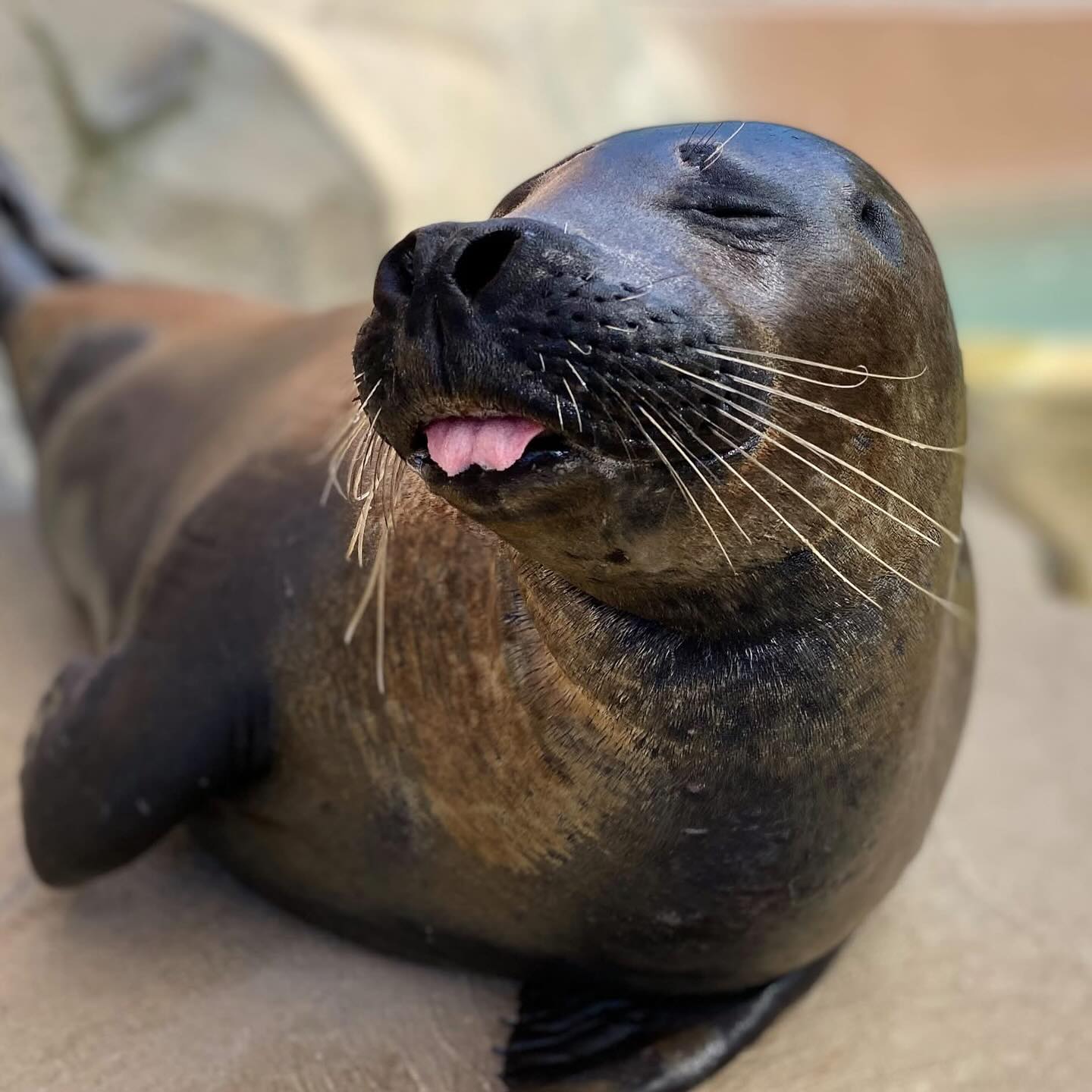- Overview of the Chilean Flamingo and Harbor Seal: Introducing Teal and Slater
- Understanding Highly Pathogenic Avian Influenza (HPAI) and Its Impact on Zoos
- The Role of Zoos in Wildlife Conservation and Animal Care
- Safety Measures and Visitor Information Regarding HPAI
- The Emotional and Educational Influence of Animals on Zoo Visitors
In the animal kingdom, few creatures captivate the human imagination quite like the vibrant flamingo and the playful harbor seal. Among them, Teal, a recently hatched Chilean flamingo, and Slater, a 7-year-old harbor seal, held special places at their zoological home. Teal was a young bird on the cusp of discovery, having just begun to form bonds with her flock and human caregivers. Her delicate pink feathers and tentative curiosity made her a joy to those fortunate enough to witness her early days. Slater, on the other hand, was known for his spirited antics. His eager demeanor during training sessions showcased his intelligence and deep bond with his caretakers. Their untimely loss has left a palpable void, underscoring the fragility of life even in controlled environments.
Recent reports confirmed that both animals succumbed to highly pathogenic avian influenza (HPAI). This virus, primarily spread by infected wild birds, poses significant challenges for animal care in zoos. While it is understandable that visitors might be concerned about the implications of HPAI, there is no risk to human health from this strain within the zoo setting. Understanding the characteristics of HPAI and its impact on avian and aquatic species helps in grasping why it poses such a challenge for modern zoos.
Highly pathogenic avian influenza is a virulent strain that affects birds and some mammals. Despite its high transmissibility among bird species, it rarely jumps to humans. The primary carriers are wild birds that migrate across vast distances, spreading the virus through their droppings, saliva, and mucous membranes. Zoos, which often house a diverse mix of species, face logistical challenges in minimizing the spread. Effective management includes stringent biosecurity measures such as quarantining new arrivals, frequent disinfection of enclosures, and rigorous health monitoring by veterinary teams.
The role of zoos extends far beyond mere entertainment; they are critical hubs for education, conservation, and research. Facilities worldwide contribute to conservation science, aiming to better understand and protect threatened species and ecosystems. In the context of HPAI, zoos serve as valuable case studies for disease control and animal welfare protocols. Research derived from zoos has often informed broader wildlife management and conservation strategies. The death of Teal and Slater, while tragic, highlights the ongoing issues facing conservationists and underscores the responsibility zoos have in safeguarding animal health and welfare.
For visitors, accessing zoos provides an unparalleled opportunity for environmental education. The presence of animals like Teal and Slater offers deeper insights into natural history and fosters an emotional connection that inspires conservation action. Emotional bonds often form between visitors and zoo inhabitants, making the loss of beloved animals more poignant. Stories like those of Teal and Slater resonate beyond their lifetimes, emphasizing the urgent necessity for proactive conservation efforts and responsible stewardship of wildlife.
Zoos maintain various measures to reassure visitors, ensuring a safe and enriching experience in light of HPAI concerns. Public education campaigns inform visitors of the zoo’s safety protocols. Furthermore, behind each visible display is a host of unseen practices dedicated to animal welfare and disease prevention. Ensuring the security of both guests and animals involves continuous evaluation of procedures, highlighting a zoo’s commitment to public health and conservation.
The educational and emotional impact of animals in zoos cannot be overstated. Teal and Slater, despite their abbreviated lives, brought joy and inspiration to countless individuals. Their interactions with the public underscored the intrinsic value of wildlife beyond their biological and ecological roles. Through storytelling and engagement, zoos play a pivotal part in shaping perceptions of wildlife and the natural world. Their narratives continue to remind us of the interconnectedness of life and the critical importance of preservation efforts.
In conclusion, the passing of Teal and Slater serves as a poignant reminder of the challenges faced in wildlife conservation and the continuous need for vigilance against diseases like HPAI. Their stories stir a deeper appreciation for the role zoos play in conservation and education. While their loss is deeply felt, the lessons they impart endure, driving ongoing commitments to the care and protection of all species under human stewardship. The zoo remains a beacon of learning and conservation, upholding the delicate balance between fostering connections with animals and safeguarding their future.
*****
Source Description
The zoo is saddened by the loss of a Chilean flamingo named Teal and a harbor seal named Slater. Teal hatched this fall and was just getting acquainted with her flock and keepers. Slater was 7 years old and was a beloved seal known for his rambunctious and curious nature. He was a quick learner and often could be seen participating in training sessions with keepers. Both will be deeply missed.
Today, we received results which confirmed that highly pathogenic avian influenza or HPAI was the cause of death in both animals. HPAI is transmitted by infected wild birds. Zoo visitors are not at risk of contracting HPAI from zoo animals and the zoo remains a safe place for people to connect with them. To read the full update, see the link in our bio.

